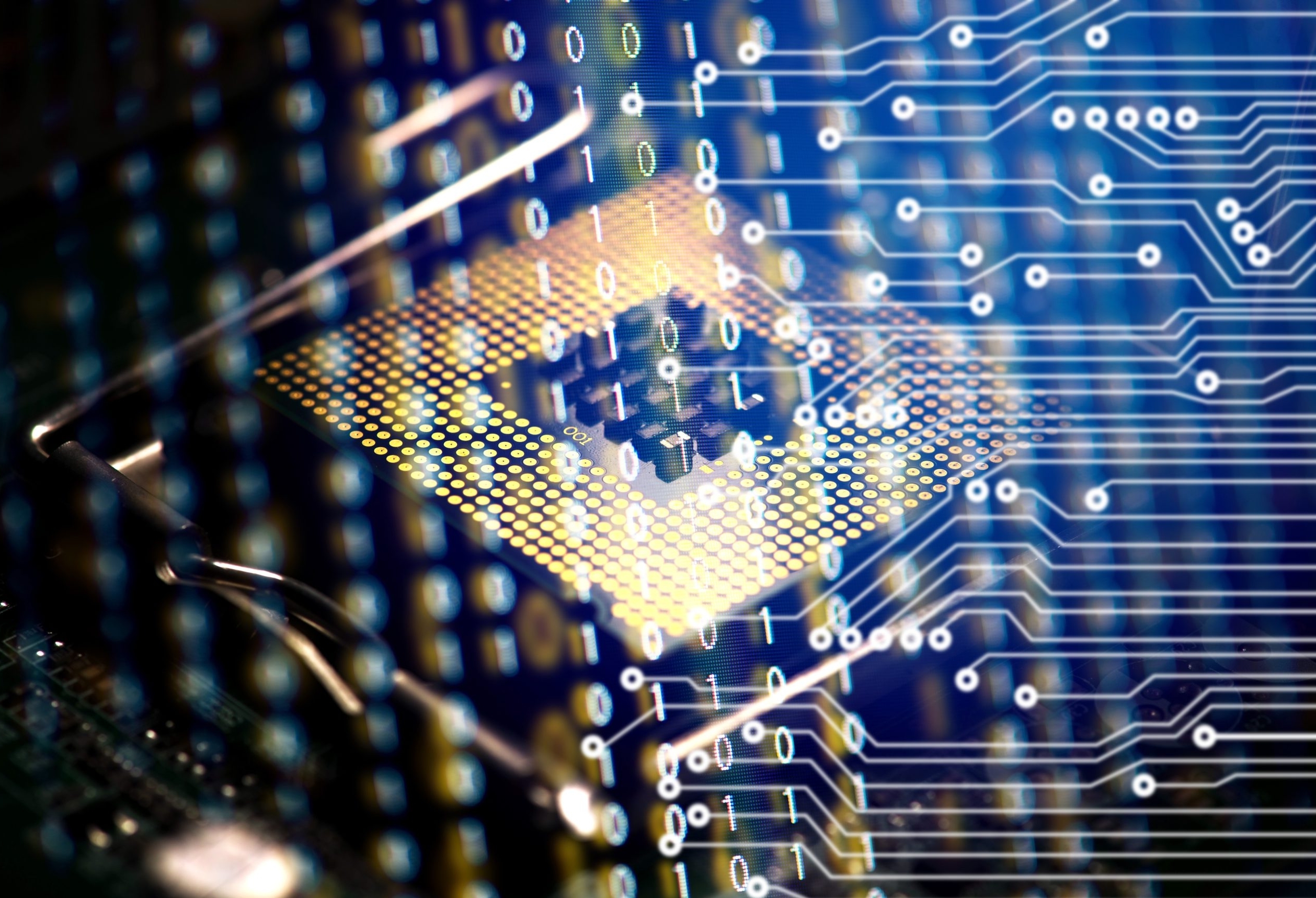



Quantum material exhibits 'non-local' behavior that mimics brain function

Baku, August 9, AZERTAC
We often believe computers are more efficient than humans. After all, computers can complete a complex math equation in a moment and can also recall the name of that one actor we keep forgetting, according to ScienceDaily. However, human brains can process complicated layers of information quickly, accurately, and with almost no energy input: recognizing a face after only seeing it once or instantly knowing the difference between a mountain and the ocean. These simple human tasks require enormous processing and energy input from computers, and even then, with varying degrees of accuracy.
Creating brain-like computers with minimal energy requirements would revolutionize nearly every aspect of modern life. Funded by the Department of Energy, Quantum Materials for Energy Efficient Neuromorphic Computing (Q-MEEN-C) -- a nationwide consortium led by the University of California San Diego -- has been at the forefront of this research.
UC San Diego Assistant Professor of Physics Alex Frañó is co-director of Q-MEEN-C and thinks of the center's work in phases. In the first phase, he worked closely with President Emeritus of University of California and Professor of Physics Robert Dynes, as well as Rutgers Professor of Engineering Shriram Ramanathan. Together, their teams were successful in finding ways to create or mimic the properties of a single brain element (such as a neuron or synapse) in a quantum material.
"In the brain it's understood that these non-local interactions are nominal -- they happen frequently and with minimal exertion," stated Frañó, one of the paper's co-authors. "It's a crucial part of how the brain operates, but similar behaviors replicated in synthetic materials are scarce."
"This is essentially what a memory looks like," stated Frañó. "The device remembers that you perturbed the material. Now you can fine tune where those ions go to create pathways that are more conductive and easier for electricity to flow through."
"It's widely understood that in order for this technology to really explode, we need to find ways to improve the hardware -- a physical machine that can perform the task in conjunction with the software," Frañó stated. "The next phase will be one in which we create efficient machines whose physical properties are the ones that are doing the learning. That will give us a new paradigm in the world of artificial intelligence."
Quantum material exhibits 'non-local' behavior that mimics brain function
Cybersecurity breakthrough: New cipher system protects computers against spy programs
Triboelectric nanogenerator – new technology successfully harvests electricity from raindrops
MIT develops superconducting device to radically cut energy use in computing
Robotex Türkiye co-founders visit Azerbaijan Technical University